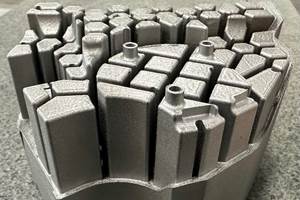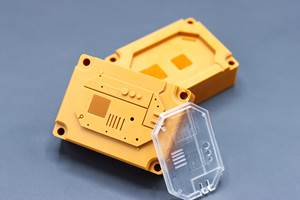Additive Manufacturing Continues Its Push Toward Production Floor
Suppliers unveil new material grades at K 2019 as 3D printing applications advance.
Additive manufacturing (AM), also called 3D printing, appears high on the agenda for many materials companies. During October’s K 2019 show in Düsseldorf, there were several new launches, plus showcases of end-use applications and announcements of new partnerships between materials companies and suppliers of 3D printing equipment.
Covestro presented a prototype for a new application of its AM materials: 3D printed orthopedic insoles for shoes. These are produced using an automated and completely digitized process that the company says generates almost no waste. The part exists only as a 3D file until a printer uses this data to produce the physical product—regardless of whether only a single customized insole or millions of insoles are to be produced.
“Thermoplastic polyurethane is the material of choice for this application, thanks to its favorable range of properties,” says Patrick Rosso, head of AM at Covestro. “In particular, our TPU products cover a wide range of hardness. The hardness can also be adjusted by changing the printing structure. This allows manufacturers to print shoe insoles that are completely custom-made—with hard or soft contact areas.”
Covestro also announced it has partnered with Polymaker, a supplier of 3D printing materials, in the launch of three new polycarbonate-based 3D printing resins, each with unique properties suited to various industries.
DSM announced a new partnership with Twikit, a Belgian 3D software and application-development company. The two firms will co-develop new 3D printed solutions for medical, automotive and apparel applications. DSM and Twikit are currently working on an end-to-end production workflow for 3D printed orthotics and prosthetics. The process leading up to the final 3D printed product includes an initial 3D scan, product design, material optimization, testing and modeling. Twikit’s “unique morphing algorithm” reportedly will further enable and improve the design of made-to-measure products.
Huntsman introduced its range of Iroprint AM resins, powders and filaments to the global plastics market at K 2019. During K, its Iroprint F filament was printed at the booth on an Ultimaker S5 machine.
DSM and Twikit are currently working on an end-to-end production workflow for 3D printed orthotics and prosthetics.
Huntsman’s Iroprint AM platform contains three kinds of urethane-based materials. Huntsman also announced a new partnership with DWS, a provider of precision stereolithography (SLA) systems and 3D printing materials. DWS worked closely with Huntsman during development of Iroprint R 1801 resin to ensure that the resulting material was optimized for SLA printing.
Printer Advances
EOS presented its LaserProFusion technology for polymer-based AM at the fair. The technology is designed to deliver maximum productivity with an emphasis on high quality, and is suited for mass production. It reportedly enables tool-free production and can even replace injection molding in many applications.
“Conventional injection molding continues to face the challenge that the making of a tool accounts for a considerable part of the costs and is only economically viable for quantities of several thousand units or more,” notes Tim Rüttermann, sr. vp for Polymer Systems & Materials at EOS. “LaserProFusion, however, makes you independent, as both simple and complex components can be manufactured without the need for tools. And digital component data make customized mass production a reality.”
Because of the time saved in product development and the tool-free production, LaserProFusion is said to reduce costs by up to 20%.
EOS continues to focus on using lasers as the preferred source of energy for the powder bed process. Almost one million diode lasers are deployed in LaserProFusion technology, with a maximum output of over 5 kW if required.
For each layer, only the diode lasers are activated that match the CAD data of the part—right down to the exact pixel. EOS says this method makes it possible to perform highly detailed work and the component characteristics can also be influenced locally. The new technology is said to significantly shorten exposure times, regardless of the number of components and their geometry.
At this year’s K, Wacker presented its latest advance in the field of 3D printing with liquid silicone: the ACEO Imagine Series K2. With its multiple printing nozzles, the new printer can print up to four different LSR materials simultaneously. For example, 3D objects can now be printed in different colors or with different degrees of hardness. The new technology also benefits the printing of hollow objects, which require support material. For such cases, up to three different materials and colors are available.
Another reported highlight of the new generation of printers is its auto control technology. The printer measures the silicone layer applied after each printed layer and subsequently compares it with the target value specified in the CAD model. If the program detects any discrepancies, they are automatically corrected in the next layers.
ACEO has also improved the printing mechanism and control software. The new features allow mesh structures and other complex designs to be manufactured. They also facilitate short-run production.
Related Content
New Tool Steel Qualified for Additive Manufactured Molds and Dies
Next Chapter Manufacturing says HTC-45 — an optimized H-13 — will offer superior thermal transfer and longer tool life.
Read MoreMake Every Shot Count: Mold Simulation Maximizes Functional Parts From Printed Tooling
If a printed tool only has a finite number of shots in it, why waste any of them on process development?
Read MoreCustom Molder Manages Growth on Several Fronts
Adding people, plants and machines, expanding capabilities in LSR, high-tonnage presses, automation and 3D printing—EVCO Plastics maintains momentum through challenging times.
Read MoreMedical Manufacturer Innovates with Additive Manufacturing and Extrusion Technology Hubs
Spectrum Plastics Group offers customers two technology hubs — one for extrusion, the other for additive manufacturing — to help bring ground-breaking products to market faster.
Read MoreRead Next
Understanding Melting in Single-Screw Extruders
You can better visualize the melting process by “flipping” the observation point so that the barrel appears to be turning clockwise around a stationary screw.
Read MorePeople 4.0 – How to Get Buy-In from Your Staff for Industry 4.0 Systems
Implementing a production monitoring system as the foundation of a ‘smart factory’ is about integrating people with new technology as much as it is about integrating machines and computers. Here are tips from a company that has gone through the process.
Read More

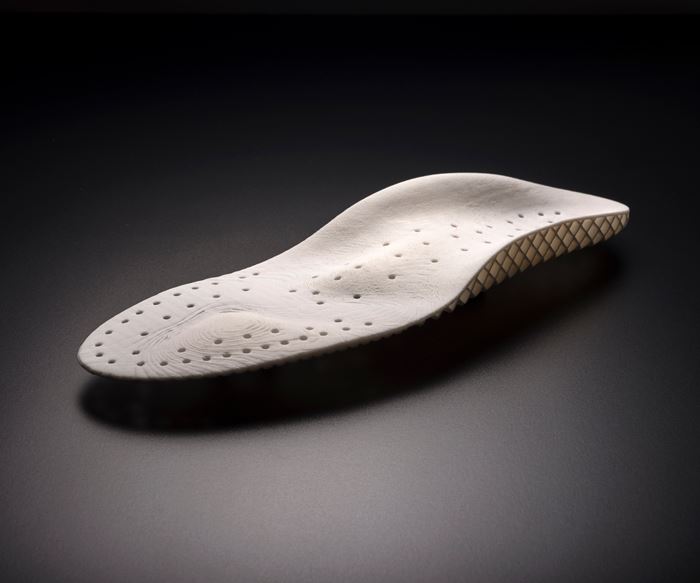

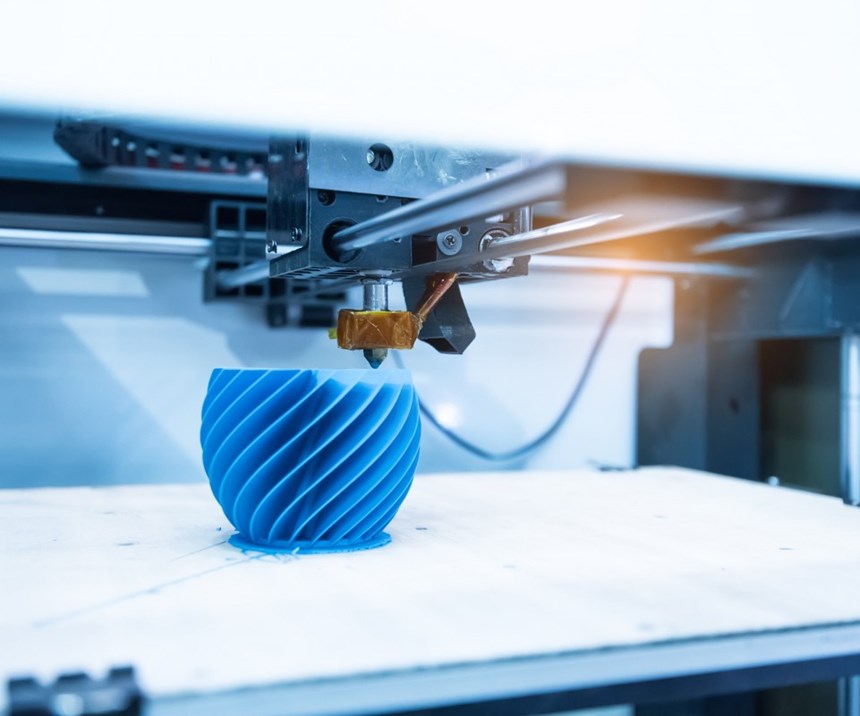
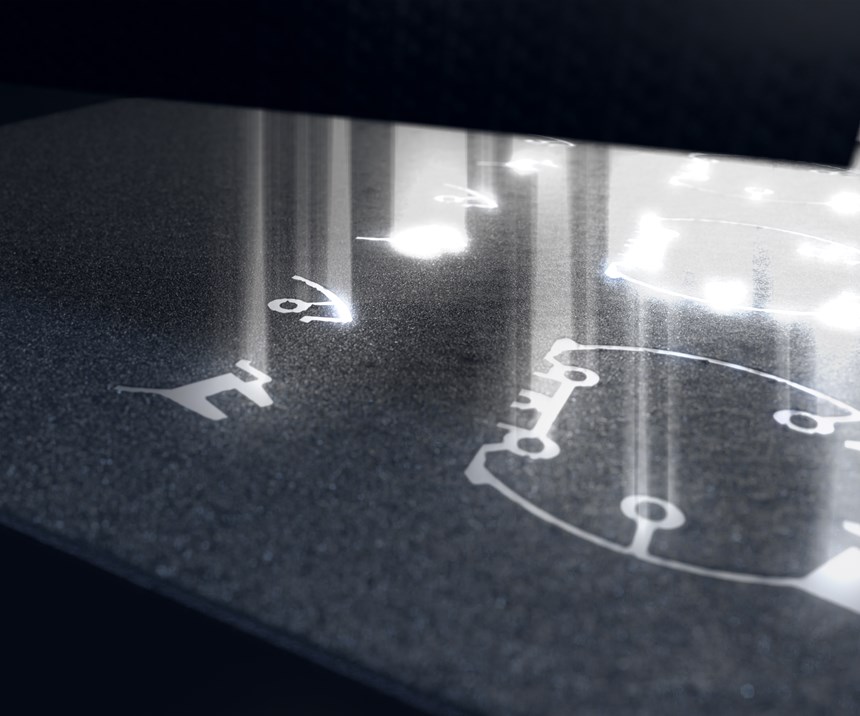













.png;maxWidth=300;quality=90)




